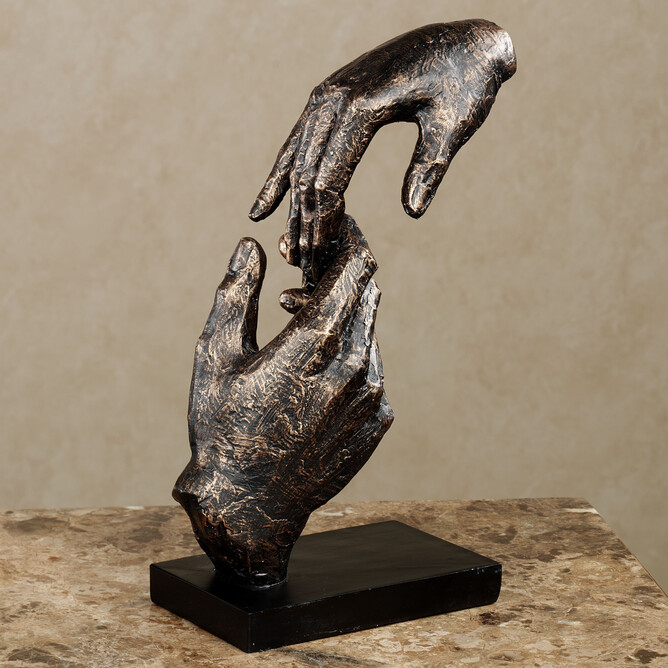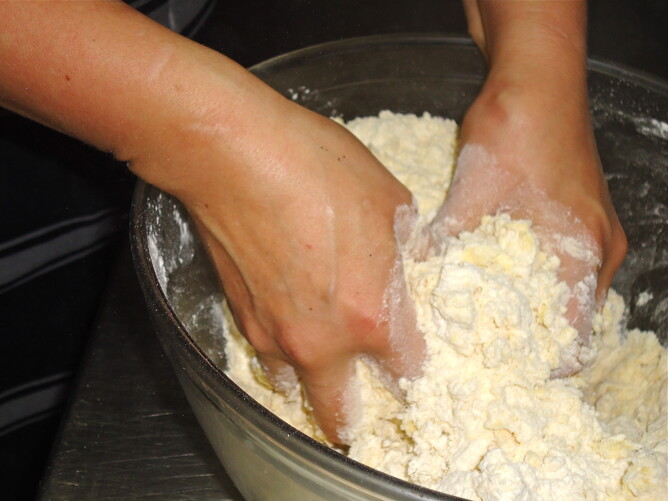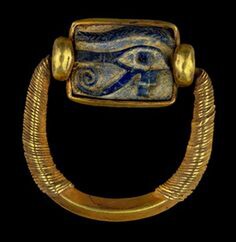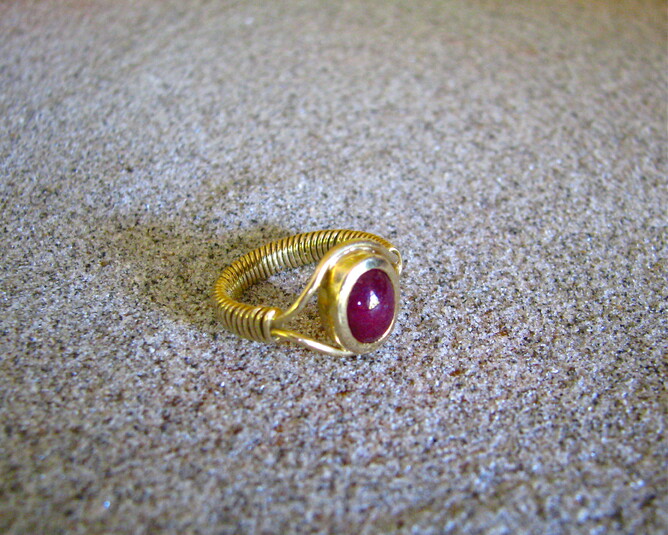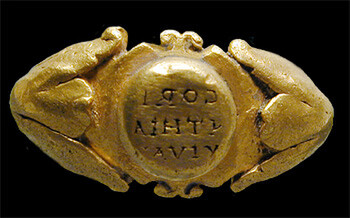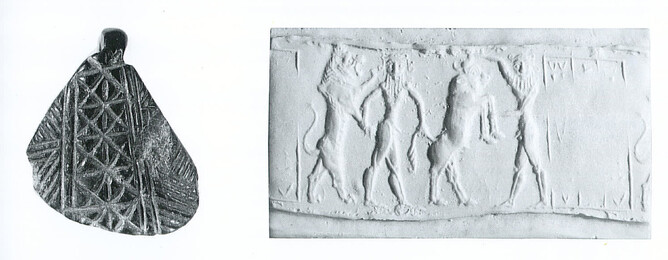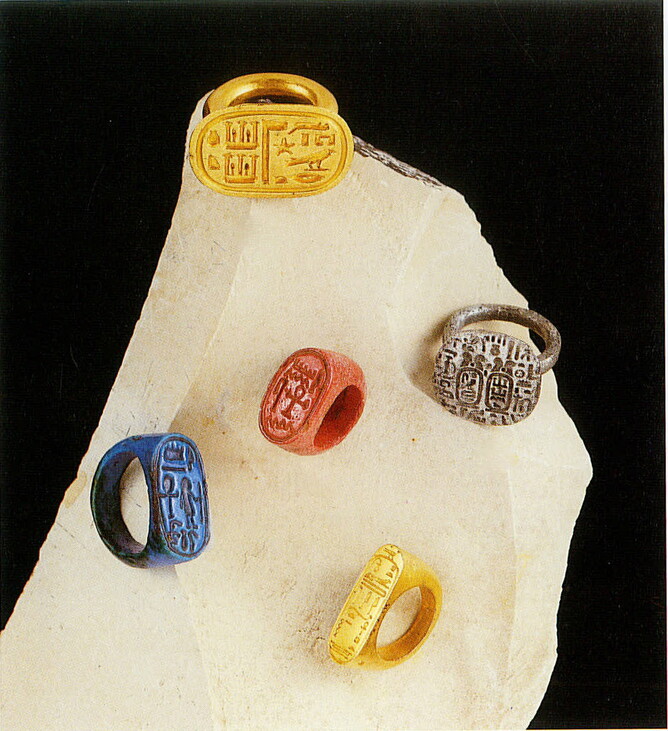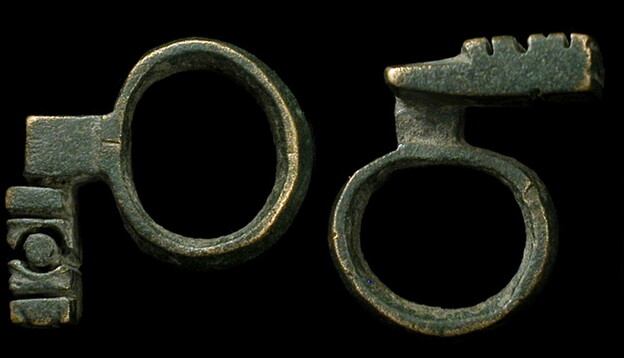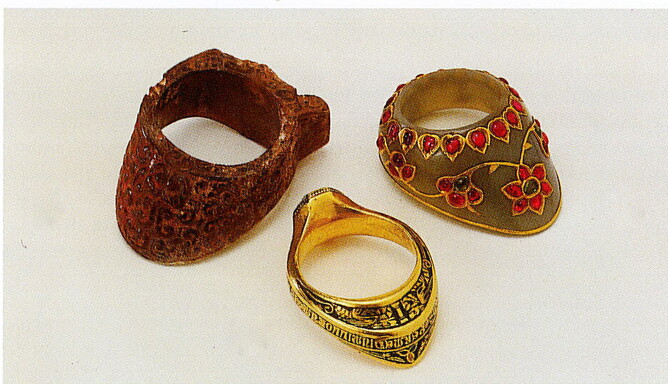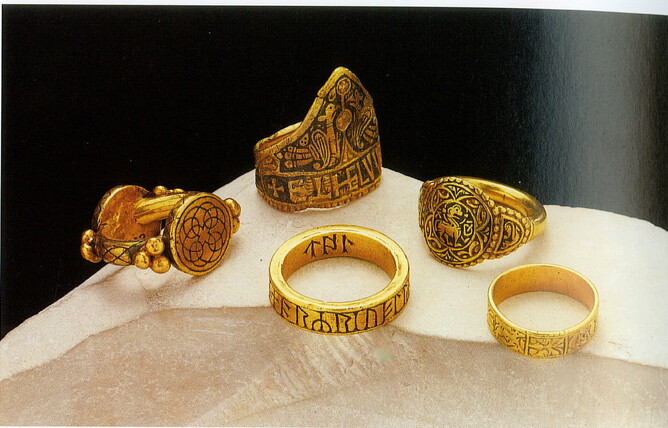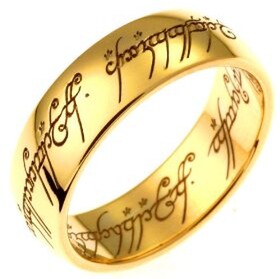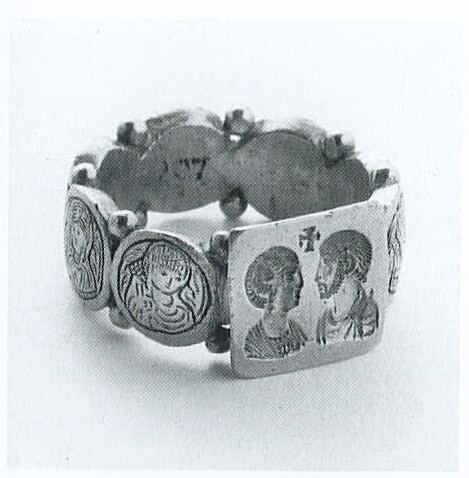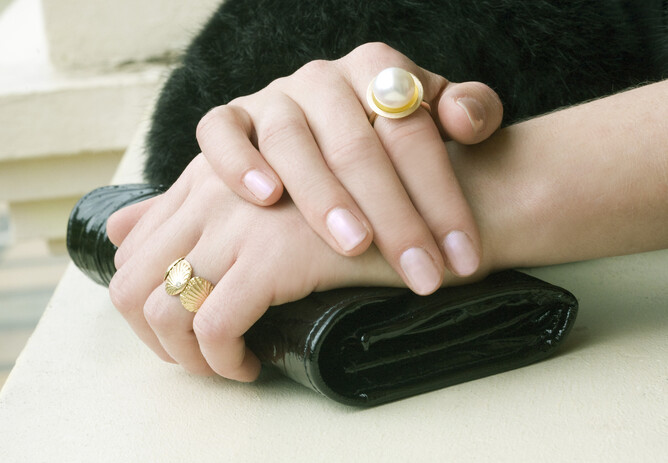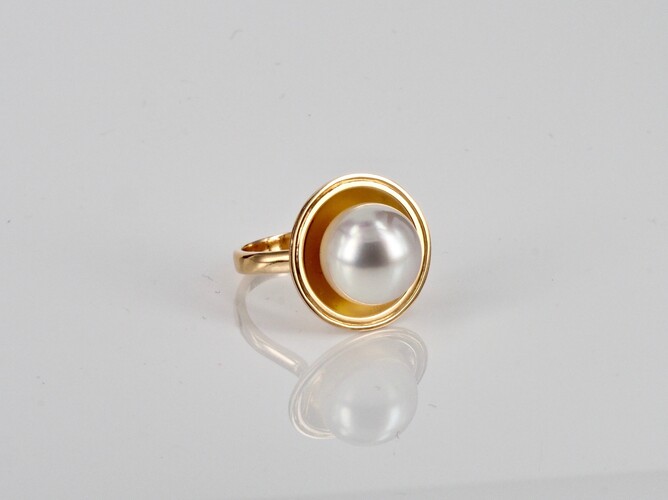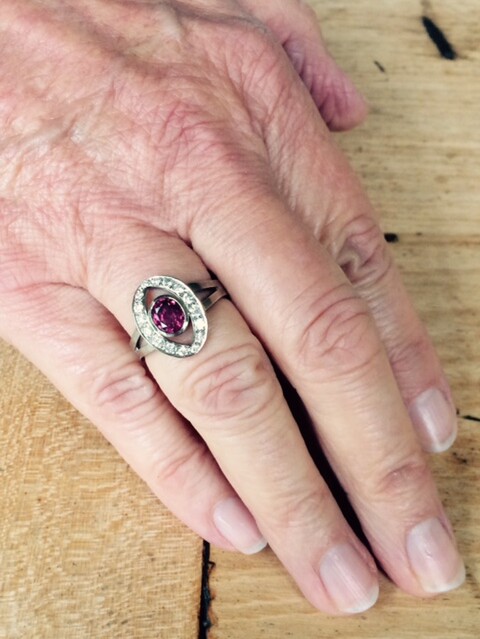Hands
Hands are one of the most expressive parts of our body.
Expression
We communicate with our hands: gesture for emphasis, expression through touch, creativity through art.
Art, of course, covers many genres, from sculpture to painting, poetry, music, gardening, floral arranging, cooking, jewellery and many more.
Have you ever noticed how good baking tastes, made by someone who mixes the ingredients with a love and passion for what they do?
Art, of course, covers many genres, from sculpture to painting, poetry, music, gardening, floral arranging, cooking, jewellery and many more.
Have you ever noticed how good baking tastes, made by someone who mixes the ingredients with a love and passion for what they do?
Love of Rings
As our hands are such an important part of who we are, is it any wonder then, that the most popular item of jewellery is a ring?
It is easier for us to look at a ring on our hand, than say a necklace or earings. As we do so, we are reminded of its significance to us.
Rings, as might be expected, have a long and involved history.I will only touch on a few areas, as I hope not to lose your attention too quickly!
It is easier for us to look at a ring on our hand, than say a necklace or earings. As we do so, we are reminded of its significance to us.
Rings, as might be expected, have a long and involved history.I will only touch on a few areas, as I hope not to lose your attention too quickly!
The Beginning Of Rings
Rings have been traced back as far as 5000 BC.However, their purpose or function, that far back in time, is unclear as no written documentation survived with them.
Queen Pu-abi of Ur was buried 2500 BC with 10 rings on her fingers.Many were made of gold and lapis lazuli. Their purpose is surmised to be ornamental.
Queen Pu-abi of Ur was buried 2500 BC with 10 rings on her fingers.Many were made of gold and lapis lazuli. Their purpose is surmised to be ornamental.
Egyptian Ring Design
I have always enjoyed ancient Egyptian jewellery with its simplistic style and use of raw materials. Pictured below is a ring I made some time ago. It is a cabochon ruby (not the best quality) set in 18ct yellow gold. I wanted to copy the ancient use of wire wrapped around the shank of a ring.
Romans and Rings
As time moved on & recordings of history survived with them, we have more information on the purpose & function of rings.
The Romans had strict rules about rings that could and couldn't be worn at various times and occasions.
Plain gold or bronze signet rings could be worn on either hand, but rings with stones were considered effeminate if worn on the right hand. Gold rings could be worn on many occasions, but not when attending a funeral.They had to be swapped for iron rings.
The Romans had strict rules about rings that could and couldn't be worn at various times and occasions.
Plain gold or bronze signet rings could be worn on either hand, but rings with stones were considered effeminate if worn on the right hand. Gold rings could be worn on many occasions, but not when attending a funeral.They had to be swapped for iron rings.
Functional Rings
1. Seal Tablets and Rings
Seals have been around since 5000 BC, but not initially in the form of rings, only as pendants.
They were pressed into damp clay to indicate ownership or responsibility.
Seals have been around since 5000 BC, but not initially in the form of rings, only as pendants.
They were pressed into damp clay to indicate ownership or responsibility.
These pendants also took the form of cylinders, which were rolled across the clay.This cylindrical shape was copied in design, as a centre piece for rings.
Below is a picture of some Egyptian seal rings. The blue glazed composition ring bears the name of Tutankhamun and the red, Ankhesenamun, who was Tutankhamun's wife.
Below is a picture of some Egyptian seal rings. The blue glazed composition ring bears the name of Tutankhamun and the red, Ankhesenamun, who was Tutankhamun's wife.
Seal rings were common in Roman times and our good fellow Pliny had something to say about them.
" a single ring upon the little finger was no more than an ostentatious advertisement that the owner has property, nature under seal "
" a single ring upon the little finger was no more than an ostentatious advertisement that the owner has property, nature under seal "
2. 'Key' Rings
Pictured below are some examples of Roman key rings. They were used to lock small safes or personal treasure boxes. It is surmised that due to lack of pockets in their robes, the Romans wore these keys on their fingers!
3. Crest Rings
Crest rings, as worn by kings, queens and aristocracy were a means to recognise who they were.A man slain in battle could be recognised by his ring.
Kings and queens or those of influence, gave rings to their friends or other folk as symbols of pardon, protection or safe passage.
Kings and queens or those of influence, gave rings to their friends or other folk as symbols of pardon, protection or safe passage.
4. Religious Rings
Rings have been and still are worn for religious reasons.
Each appointed pope receives a new fisherman's ring made from the gold of the previous pope's ring.
Each appointed pope receives a new fisherman's ring made from the gold of the previous pope's ring.
5. Poison Rings
Rings with a less positive function were poison rings.
These rings concealed poison in a compartment that could be opened and used at the wearer's discretion!
These rings concealed poison in a compartment that could be opened and used at the wearer's discretion!
6. Archers Rings
While reading the history of rings, I was interested to learn that there was such a thing as an archer's ring.
The archer's ring has been around for thousands of years, but none of the earlier ones have survived the test of time as they were originally made of leather.
These rings were designed to protect the thumb from injury while drawing and releasing the string.
Pictured below are three archers' rings.
The one on the left is from China and dates back to 5th century BC and is made from brown/green jade.
The centre ring is a Venetian example and is made from gold and is nielloed. (Niello is a mixture of copper, silver and lead sulphides used as an inlay to enhance work or as filler to engraved work)
To the right is an ornate example from India and most likely not that practical for use.
The archer's ring has been around for thousands of years, but none of the earlier ones have survived the test of time as they were originally made of leather.
These rings were designed to protect the thumb from injury while drawing and releasing the string.
Pictured below are three archers' rings.
The one on the left is from China and dates back to 5th century BC and is made from brown/green jade.
The centre ring is a Venetian example and is made from gold and is nielloed. (Niello is a mixture of copper, silver and lead sulphides used as an inlay to enhance work or as filler to engraved work)
To the right is an ornate example from India and most likely not that practical for use.
Magical and Mystical Rings
Rings were believed to have magical charms, holding both good and bad spirits.
The rings in the picture below are from the Anglo-Saxon era, dating 9th and 10th century AD.
The centre ring has a runic inscription on it, which is not translatable, but believed to have been a powerful charm.
The rings in the picture below are from the Anglo-Saxon era, dating 9th and 10th century AD.
The centre ring has a runic inscription on it, which is not translatable, but believed to have been a powerful charm.
Lord of the Rings
Perhaps this ring could, in part, have been inspirational to J R R Tolkien for his famous story.
"The Lord of the Rings"
"One ring to rule them all, one ring to find them, one ring to bring them all and in the darkness, bind them!"
"The Lord of the Rings"
"One ring to rule them all, one ring to find them, one ring to bring them all and in the darkness, bind them!"
Stones
Rings were a means to hold stones, as stones were believed to have special powers.
Sapphires gave purity, rubies represented glory, emeralds tranquility – crystal simplicity.
Sapphires gave purity, rubies represented glory, emeralds tranquility – crystal simplicity.
Marriage Rings and Tokens of Love
Many rings of varying designs have been given in the past & in the present as symbols of love and affection.
In the early Christian era, there was a fashion to combine the love/betrothal ring with the signet finger ring. These rings were deeply engraved portrait busts of a man and a woman under a cross.
The picture below dates 500 AD and is antique gold - not that you can tell from the picture.
In the early Christian era, there was a fashion to combine the love/betrothal ring with the signet finger ring. These rings were deeply engraved portrait busts of a man and a woman under a cross.
The picture below dates 500 AD and is antique gold - not that you can tell from the picture.
Engagement Rings
It is hard to pinpoint the exact time that engagement rings became a tradition.However, it has been documented that in 1477 Archduke Maximillian of Austria proposed to Mary of Burgundy, with a diamond ring.The ring had thin flat diamonds in it and they were arranged to shape the letter
'M'
Diamonds are now the most popular stones for engagement rings.This is due, I believe, to a very clever marketing campaign by de Beers – who used to own 90% of the diamond industry.
'a diamond is forever'
Judging by the number of engagement rings that contain diamonds, I believe their marketing campaign has been rather successful!
I am thinking of my own marketing campaign for pearls.
'Just Pearls"
What do you think?!
I am sorry not to have a good picture to go with this caption - perhaps in my next blog.......
'M'
Diamonds are now the most popular stones for engagement rings.This is due, I believe, to a very clever marketing campaign by de Beers – who used to own 90% of the diamond industry.
'a diamond is forever'
Judging by the number of engagement rings that contain diamonds, I believe their marketing campaign has been rather successful!
I am thinking of my own marketing campaign for pearls.
'Just Pearls"
What do you think?!
I am sorry not to have a good picture to go with this caption - perhaps in my next blog.......
South Sea Pearl Rings
Sadly, pearls, are not a practical gem for an engagement ring.
Pearls are made of calcium aragonite and they only rank at '3' on Moh's scale of hardness.This means they would not withstand daily wear and tear.
Below is a cocktail ring I have made, and it is called Cleopatra's Bath.It is made from 18ct rose gold and has a lustrous 13.5mm South Sea Pearl in the dish.
It is named Cleopatra's Bath as she had a penchant for pearls and she was reported to have bathed in goats' milk!
Pearls are made of calcium aragonite and they only rank at '3' on Moh's scale of hardness.This means they would not withstand daily wear and tear.
Below is a cocktail ring I have made, and it is called Cleopatra's Bath.It is made from 18ct rose gold and has a lustrous 13.5mm South Sea Pearl in the dish.
It is named Cleopatra's Bath as she had a penchant for pearls and she was reported to have bathed in goats' milk!
Why a Blog on Hands and Rings?
I have recently made a ring for a client, using the stones from her late mother's engagement ring.
My client was quite unsure about having a ring made, as she doesn't like her hands.
This is a comment I hear not infrequently from women.Women are often critical about some aspect of their physical appearance and hands are not safe from this scrutiny.
My client's beautiful hands have recently retired from working as a GP – (not to mention mother, but one never gets to retire from that job) caring, healing, expressing empathy and compassion to many people for many years.
I am very pleased to say that my client loves her ring and enjoys looking at it on her hand, with fond memories of her mother.
My client was quite unsure about having a ring made, as she doesn't like her hands.
This is a comment I hear not infrequently from women.Women are often critical about some aspect of their physical appearance and hands are not safe from this scrutiny.
My client's beautiful hands have recently retired from working as a GP – (not to mention mother, but one never gets to retire from that job) caring, healing, expressing empathy and compassion to many people for many years.
I am very pleased to say that my client loves her ring and enjoys looking at it on her hand, with fond memories of her mother.
References
7000 Years of Jewellery
A Jewelry History
Ancient Resource
A Jewelry History
Ancient Resource
